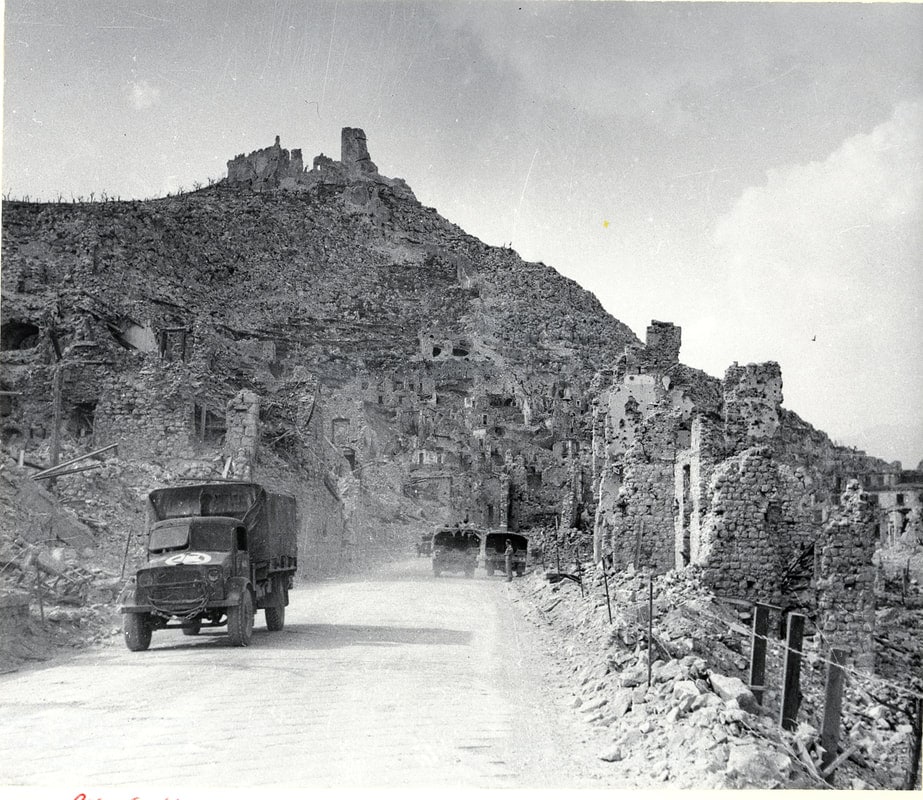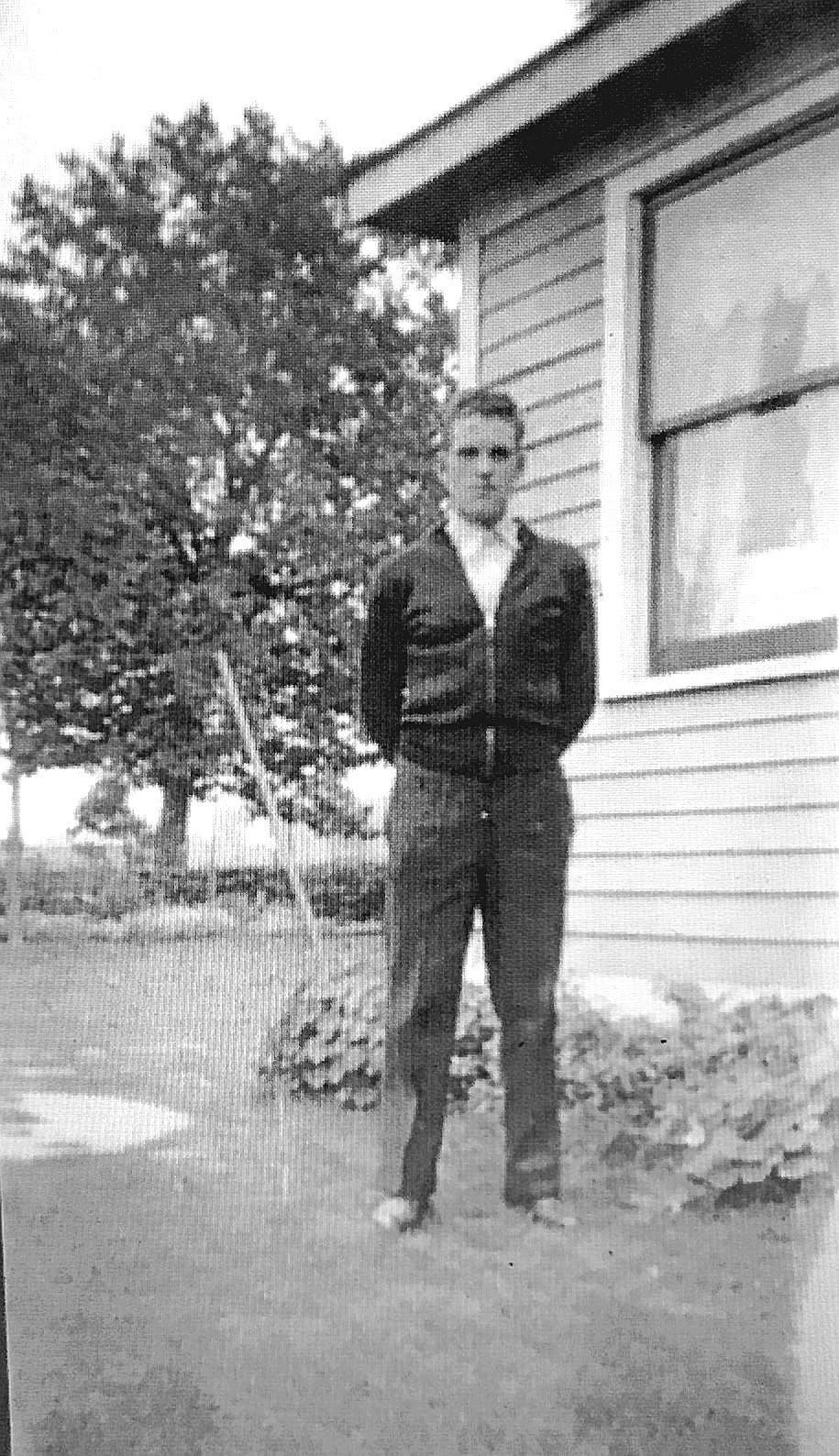This year marks the 100th anniversary of Niagara-on-the-Lake’s iconic clock tower cenotaph. In recognition of the cenotaph’s century of service through two world wars and beyond, NOTL historian Ron Dale has been researching the stories of the people – all men – whose names are engraved on it. This is one in a series of stories to document and remember the sacrifices these combatants made. Future instalments will commemorate those named on the Queen Street cenotaph and on the municipal memorial in Queenston.
Ron Dale
Special to The Lake Report
It was a clear, warm day in June 1922, when Lt. -Gov. Henry Cockshutt unveiled the memorial clock tower cenotaph on Queen Street in Niagara-on-the-Lake.
The monument was built to commemorate the men from the town who had made the supreme sacrifice for King and Canada in the First World War.
Prominent among those participating in the ceremony were many veterans of the First World War. Some were missing arms or legs, or bore scars from serious wounds suffered in France or Belgium.
The cenotaph was rededicated in 1947 to honour 19 men who had given their lives in the Second World War.
A century ago, among those veterans who stood at attention as the clock tower was unveiled was William Wraith.
He was born in Yorkshire in 1884 and immigrated just before the First World War broke out. He was married, with a daughter born in February 1915, but nonetheless enlisted for active service in December of that year.
As a soldier of the 58th Battalion, Canadian Expeditionary Force, he was seriously wounded on Jan. 2, 1917. A shell explosion drove shrapnel into his right arm and right knee.
His kneecap was destroyed and surgically removed. The wound came close to killing Wraith and only chance kept his name off the cenotaph.
And yet, on the list of the local men killed in the wars is the name William Wraith.
On Aug. 12, 1922, two months after the cenotaph was unveiled, William and Mabel Wraith had a son, whom they named William.
Young William attended school in Niagara and when the Second World War broke out in 1939, he got a job as a civilian employee at Camp Niagara.
William Wraith followed in his father’s footsteps and enlisted in the Ontario Regiment, or 11th (Reserve) Army Tank Regiment in Toronto on Aug. 18. 1941, just after his 19th birthday.
Trooper Wraith was sent to Camp Borden on Oct. 30 for tank training. He immediately got into trouble. Between Nov. 6 and 13, he was AWOL, “absent without leave,” and was fined six days’ pay and confined to barracks for two weeks.
In January 1942 he was again AWOL and this time given 168 hours detention and a loss of 11 days’ pay. He did it again in February. He seems to have been a free soul with little regard for army routine and rules.
Wraith was shipped to England in June 1942 and again was penalized for being AWOL several times, overstaying his leave in some cases and seemingly simply absenting himself from his base without permission in other cases.
Wraith remained in England training and was transferred to the Princess Louise Dragoon Guards, a reconnaissance regiment equipped with light tanks. In June 1943 he boarded ship in England and was sent to the Mediterranean, where the invasion of Sicily and then Italy was taking place.
On arrival in the Mediterranean, he was assigned to the Canadian Armoured Corps Reserve Unit until being taken on again by the Princess Louise Dragoon Guards.
He fought with this regiment before he became ill and was hospitalized from March 28 to April 30, 1944, and again from June 23 to July 5. He was assigned to the Canadian Base Reinforcement Depot on discharge from hospital.
Wraith’s last transfer was on July 22, this time to the 1st Canadian Light Anti-Aircraft Regiment, the Lanark and Renfrew Scottish.
In early September, the Lanark and Renfrew Regiment was advancing with the Canadian Army toward German defensive positions near Misano, Italy, part of the German Gothic Line, a 300-kilometre long, 16-kilometrre wall of fortifications and artillery positions.
On Sept. 4, the regiment was consolidating its position while under sporadic German artillery fire. One officer and two gunners were killed that day. William Wraith was one of the men killed.
It is not known if William Wraith, the First World War wounded veteran, attended the rededication of the cenotaph in 1947, nor if he ever saw his son William’s name engraved on the monument. He died in 1954.
His namesake lies buried at the war cemetery in Gradara, Italy.











